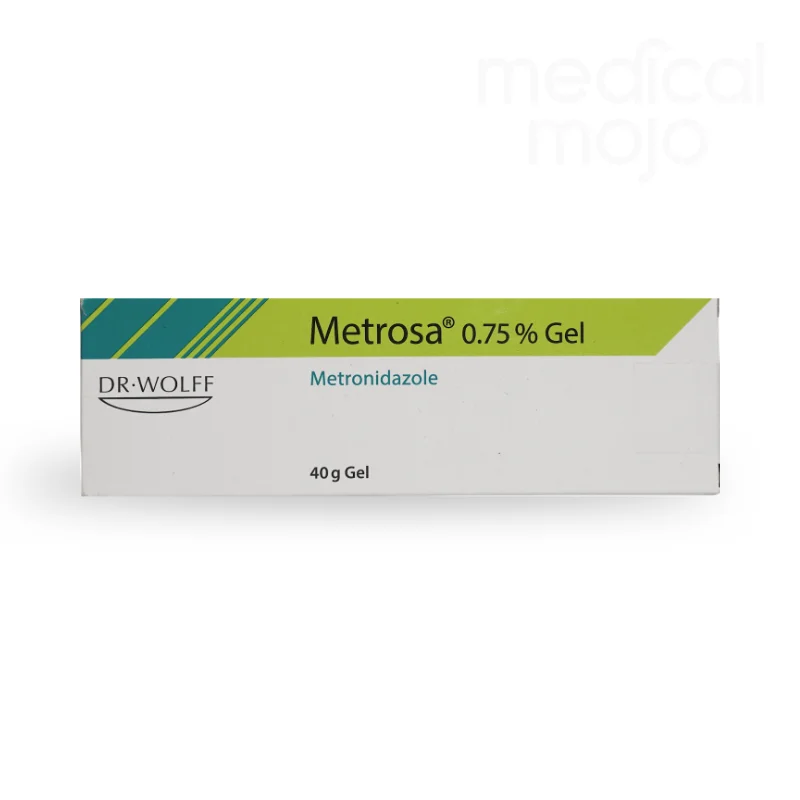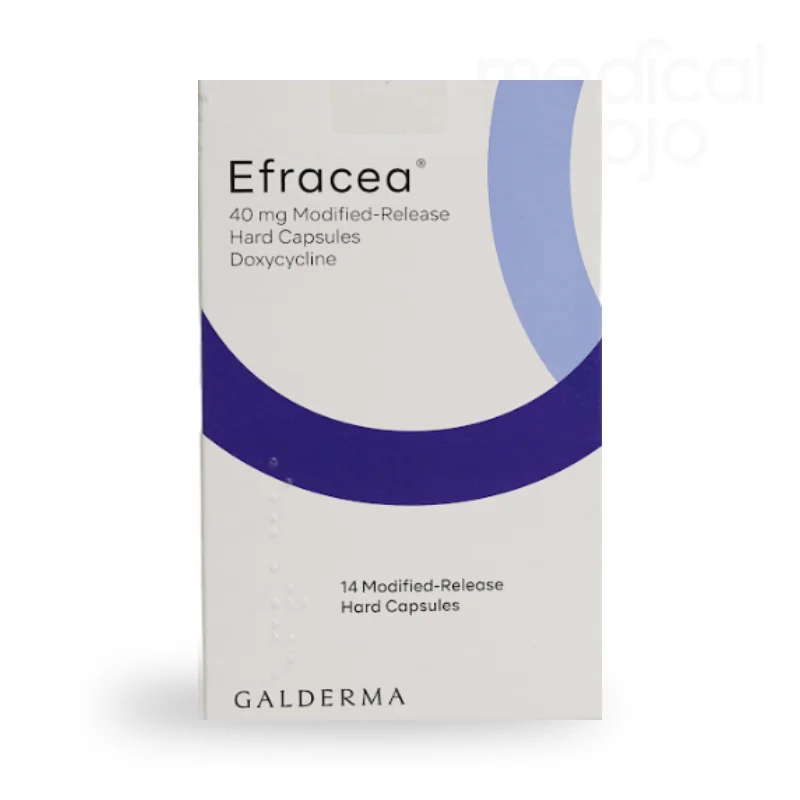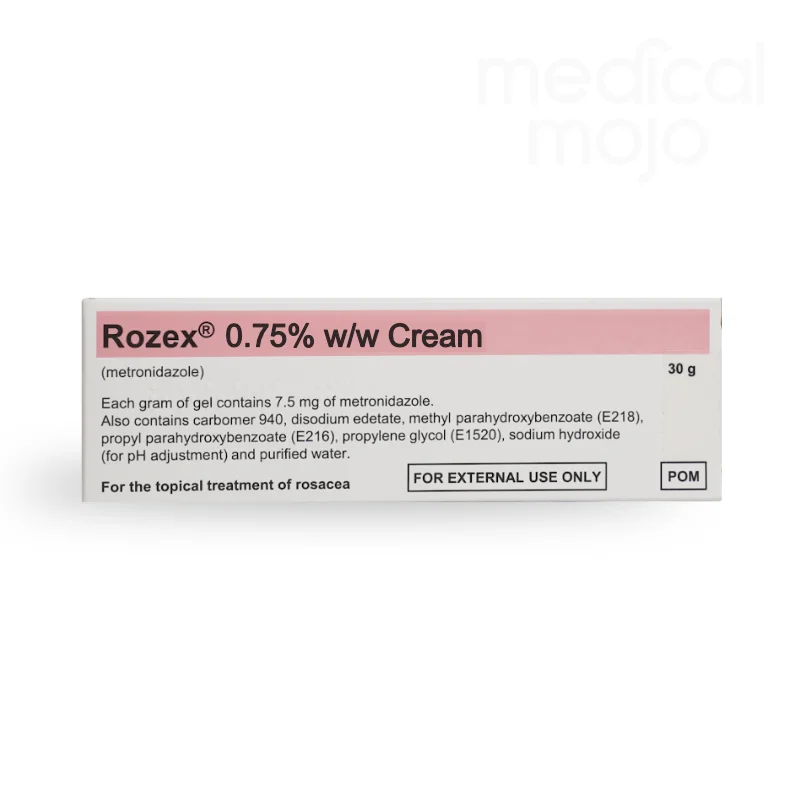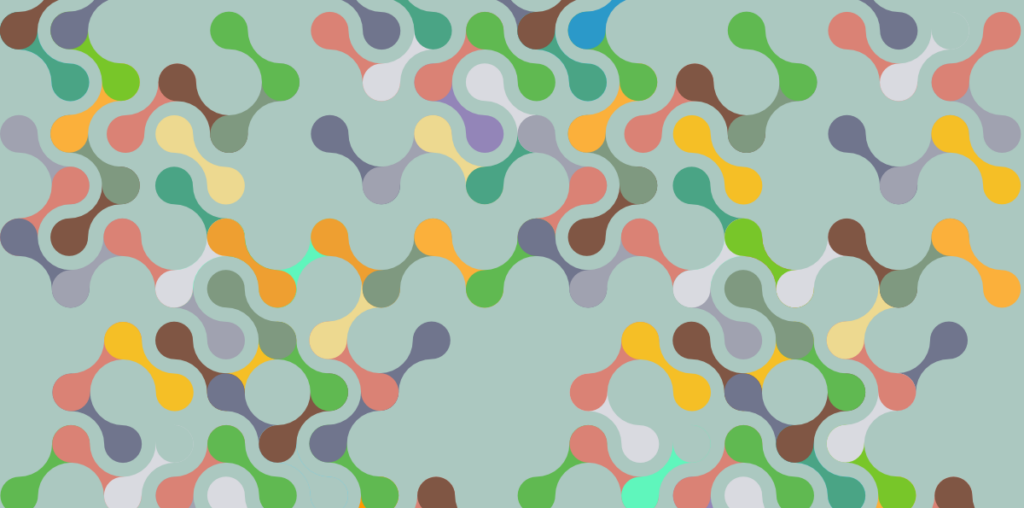Rosacea
No I am not blushing! Manage redness and irritation with our targeted rosacea treatments
Soothe rosacea and tackle flare ups to reveal your best skin.
Talk to our wellness coaches to optimise your skin health.
Find the right rosacea treatment for you
View All ProductsWhat you should know about rosacea treatments
Rosacea is a chronic skin condition characterized by redness, visible blood vessels, and sometimes small, pus-filled bumps on the face. Common symptoms include facial flushing, persistent redness, visible blood vessels (telangiectasia), and acne-like breakouts. Some people may also experience burning or stinging sensations, dryness, and swelling.
The exact cause of rosacea is not fully understood, but several factors are believed to contribute to the condition. These include genetic predisposition, abnormalities in blood vessels, skin mites, bacteria, and an overactive immune response. Environmental and lifestyle factors, such as sun exposure, stress, hot or cold weather, spicy foods, and alcohol, can trigger or worsen symptoms.
Rosacea is typically diagnosed by a dermatologist based on the appearance of your skin and your reported symptoms. There are no specific tests for rosacea, but your doctor may rule out other conditions with similar symptoms, such as acne or lupus, to confirm the diagnosis.
There is no cure for rosacea, but several treatments can help manage its symptoms. These include topical medications like metronidazole or azelaic acid, oral antibiotics for more severe cases, and laser or light-based therapies to reduce redness and visible blood vessels. Lifestyle changes, such as avoiding known triggers and using gentle skincare products, are also important in managing rosacea.
Yes, rosacea can affect the eyes in a condition known as ocular rosacea. Symptoms include dry, irritated, and bloodshot eyes, swollen eyelids, and a sensation of something being in the eye. If left untreated, ocular rosacea can lead to more serious complications, so it’s important to seek medical advice if you experience these symptoms.
Yes, making certain lifestyle changes can significantly help manage rosacea symptoms. Avoiding known triggers like hot drinks, spicy foods, and alcohol, protecting your skin from the sun with sunscreen, and using gentle, non-irritating skincare products can all help reduce flare-ups. Managing stress and maintaining a consistent skincare routine are also beneficial.
Rosacea is more commonly diagnosed in fair-skinned individuals, particularly those of Celtic or Northern European descent. It often begins after the age of 30 and is more prevalent in women, though men tend to experience more severe symptoms. There is also evidence that rosacea can run in families, suggesting a genetic component.
While rosacea does not typically cause scarring like acne, severe cases can lead to permanent changes in the skin, such as thickening, particularly around the nose (a condition known as rhinophyma). Early and consistent treatment can help manage symptoms and prevent long-term skin changes.
Additional information
Understanding, managing, and treating Rosacea
Rosacea is often mistaken for acne, but it’s a distinct skin condition that primarily affects the face, making blood vessels more visible and causing redness on the cheeks, chin, nose, and forehead. Some individuals may also develop small, pus-filled bumps across the affected area. Unfortunately, science has yet to come up with the exact cause of Rosacea, but a number of factors, such as alcohol, caffeine, spicy food, and even exercise, are known to trigger or exacerbate symptoms. Dealing with a visible condition like rosacea can be challenging, but our team at Medical Mojo is here to support you with effective treatments and expert advice.
What is rosacea?
Rosacea is a chronic skin condition that predominantly affects the face, leading to redness and visible blood vessels. It often begins with episodes of flushing—short periods of redness—especially on the nose, cheeks, chin, and forehead. Over time, these symptoms can become more persistent, and other symptoms like burning sensations, swelling, and acne-like pustules may develop.
When does rosacea occur?
Rosacea is a chronic skin condition that typically begins to manifest in adults, usually after the age of 30. While it can affect anyone, it is most commonly seen in individuals with fair skin, particularly those of Northern European descent. Women are more frequently diagnosed with rosacea than men, but men often experience more severe symptoms.
Seasonal and environmental factors
Rosacea symptoms can be seasonal, with many sufferers experiencing worse symptoms during certain times of the year. For example, the hot and humid conditions of summer can increase flushing and redness, while the cold, dry air of winter can irritate the skin and exacerbate symptoms.
Environmental factors such as pollution and wind exposure can also contribute to rosacea flare-ups. It’s essential for those with rosacea to be aware of their environment and take proactive measures to protect their skin.
Individual variation in onset
It’s important to note that the onset and severity of rosacea can vary widely among individuals. Some people may experience mild symptoms that come and go, while others may develop more persistent and severe symptoms over time. Recognizing early signs of rosacea and seeking treatment can help manage the condition more effectively and prevent it from worsening.
What are the causes of rosacea?
Rosacea is a complex and often misunderstood skin condition, and while the exact cause remains unknown, several factors have been identified that may contribute to its development. These factors include abnormalities in blood vessels, genetic predisposition, immune system responses, and environmental triggers. Understanding these potential causes can help in managing and treating the condition effectively.
1. Blood vessel abnormalities
One of the leading theories behind rosacea is that it may be caused by abnormalities in the blood vessels of the face. These abnormalities can lead to the condition’s visible redness and flushing. Factors such as sun damage may cause the blood vessels to dilate more easily, resulting in a flushed appearance.
2. Genetic predisposition
Rosacea tends to run in families, suggesting a genetic component. While no specific gene has been identified as the cause of rosacea, individuals with a family history of the condition are more likely to develop it themselves. This genetic predisposition might make someone more susceptible to other contributing factors, such as environmental triggers or vascular issues.
3. Immune system response
Recent research suggests that an overactive immune system may play a role in rosacea. The skin’s immune system might react too strongly to certain stimuli, leading to inflammation and the visible symptoms of rosacea. For example, some studies have shown that people with rosacea have higher levels of certain peptides that can trigger inflammation and redness.
4. Demodex mites
Demodex folliculorum, a type of microscopic mite that lives on human skin, has been found in higher numbers on the skin of those with rosacea. These mites are normally harmless, but in large quantities, they may provoke an immune response, leading to the inflammation and redness associated with rosacea. It’s unclear whether the mites directly cause rosacea or if people with rosacea are simply more prone to having higher numbers of these mites.
5. Helicobacter pylori bacteria
Another theory links rosacea to Helicobacter pylori, a type of bacteria found in the digestive system. This bacteria can stimulate the production of bradykinin, a protein that can cause blood vessels to dilate, leading to the characteristic redness of rosacea. However, the exact relationship between H. pylori and rosacea is still under investigation.
6. Environmental and lifestyle triggers
Various environmental and lifestyle factors can trigger or exacerbate rosacea symptoms, particularly by increasing blood flow to the skin’s surface. Common triggers include:
- Sun Exposure: UV rays are a major trigger for many with rosacea, leading to increased redness and flare-ups.
- Temperature Extremes: Both hot and cold weather, as well as rapid changes in temperature, can worsen rosacea.
- Spicy Foods and Hot Drinks: Consuming spicy foods, hot beverages, alcohol (especially red wine), and caffeine can trigger flushing and redness.
- Stress and Emotional Factors: Stress, anxiety, and emotional upsets can cause the blood vessels in the face to dilate, leading to rosacea symptoms.
- Strenuous Exercise: Intense physical activity can lead to overheating and sweating, which may exacerbate rosacea.
- Certain Medications: Some medications, such as blood pressure drugs, can dilate blood vessels and trigger rosacea symptoms.
7. Hormonal changes
Hormonal fluctuations, particularly those related to menopause, can also contribute to the development or worsening of rosacea. The changes in hormone levels can lead to increased blood flow to the skin, which can exacerbate the symptoms.
8. Seasonal and environmental factors
Rosacea symptoms can be seasonal, with many sufferers experiencing worse symptoms during certain times of the year. For example, the hot and humid conditions of summer can increase flushing and redness, while the cold, dry air of winter can irritate the skin and exacerbate symptoms.
Environmental factors such as pollution and wind exposure can also contribute to rosacea flare-ups. It’s essential for those with rosacea to be aware of their environment and take proactive measures to protect their skin.
9. Individual variation in onset
It’s important to note that the onset and severity of rosacea can vary widely among individuals. Some people may experience mild symptoms that come and go, while others may develop more persistent and severe symptoms over time. Recognizing early signs of rosacea and seeking treatment can help manage the condition more effectively and prevent it from worsening.
What are the symptoms of rosacea?
Rosacea symptoms can vary in severity and may worsen over time. The most common symptoms include:
- Flushing: Sudden redness on the face, often triggered by certain foods, drinks, or environmental factors.
- Persistent Redness: A sunburn-like appearance that doesn’t go away.
- Visible Blood Vessels: Small, dilated blood vessels (telangiectasia) visible on the skin’s surface.
- Bumps and Pustules: Acne-like breakouts that are often mistaken for acne.
- Thickened Skin: In severe cases, the skin, especially on the nose, may thicken and take on a bulbous appearance (rhinophyma).
- Ocular Rosacea: Dry, irritated eyes, redness, and swelling of the eyelids, which may require special care.
Preventing rosacea flare-ups
To prevent rosacea flare-ups, consider the following tips:
- Identify and Avoid Triggers: Keep a diary to track foods, drinks, and activities that trigger your rosacea.
- Protect Your Skin: Use gentle skincare products designed for sensitive skin and avoid harsh scrubbing. Always apply sunscreen when outdoors.
- Manage Stress: Practice stress-reducing techniques such as yoga, meditation, or deep breathing exercises.
- Choose the Right Cosmetics: Opt for non-irritating makeup products that help conceal redness without aggravating the skin.
Seeking treatment
If you’re struggling with rosacea, our team at Medical Mojo is here to help. We offer a range of effective treatments, from topical gels and creams to oral medications. Start with a free online consultation to determine the best course of action for your skin. With fast, discreet UK delivery, you can start managing your rosacea symptoms quickly and effectively.
BSc Pharmacy, Independent Prescriber, PgDip Endocrinology, MSc Endocrinology, PgDip Infectious Diseases
Superintendant Pharmacist, Independent Prescriber
MPharm, Independent Prescriber. Registered cupping therapist.
Independent prescriber






